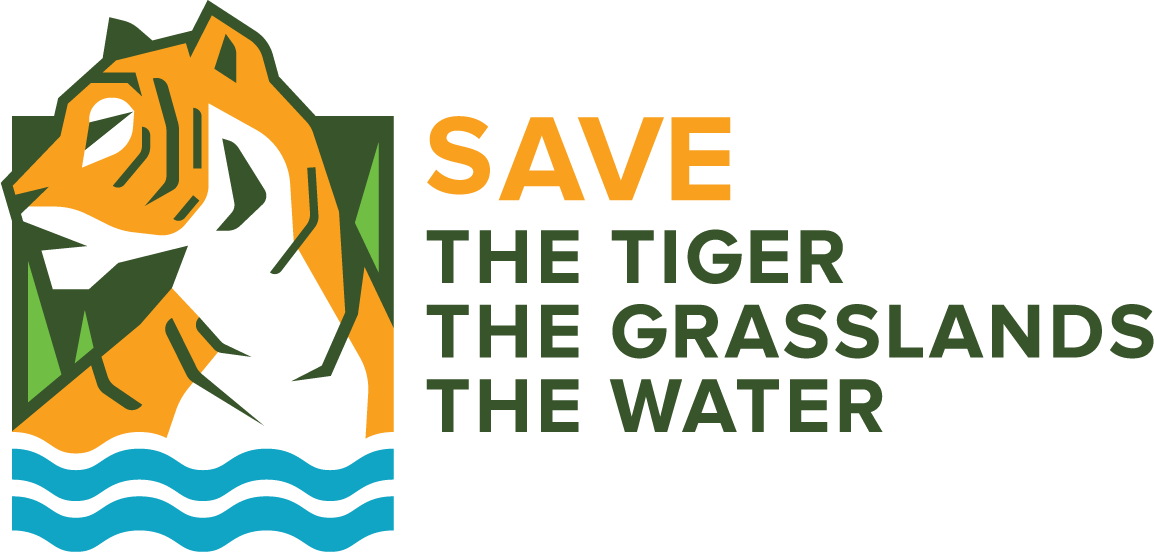Work Package 9: Variability in ecohydrological boundary conditions for grasslands in TAL nature reserves
The aim of the project is twofold. First, the ecohydrological features of the TAL in Nepal will be mapped. Second, effective methods for mapping river dynamics and the type of grassland will be examined. This will enable us to identify and assess the quality of tiger habitat.
This WP will therefore target specific areas in the TAL for conservation of tiger habitat, so that the management strategies that are formulated in other Work Packages can be upscaled. This WP follows two routes: 1) an inventory of the grasslands and river dynamics to determine habitat quality, and 2) research on innovative techniques for monitoring grasslands and grazers/browsers. It is necessary to focus on the effectivity of techniques for monitoring grazers/browsers such as rhinoceros and elephants as these are considered to be ecosystem engineers, initiating feedback mechanisms in vegetation cover. These two routes combined will lead to site-specific management strategies translated from other WPs that focus on only a small part of the TAL (mostly Bardia NP).
This study is unique in using machine learning in combination with remote sensing techniques and spatial modelling to map hydrological and grassland conditions to assess habitat quality. Moreover, hard monitoring techniques – such as automatic image recognition – will be combined with soft monitoring techniques such as citizen science to optimize management strategies.
This Work Package is lead by dr. Rémon Saaltink (HAS University of Applied Sciences, the Netherlands

